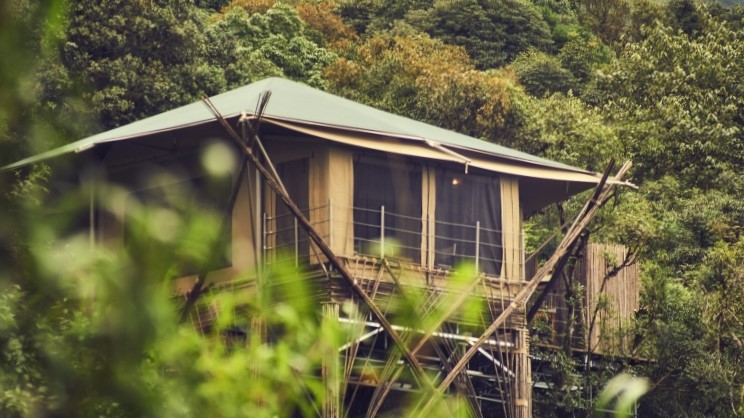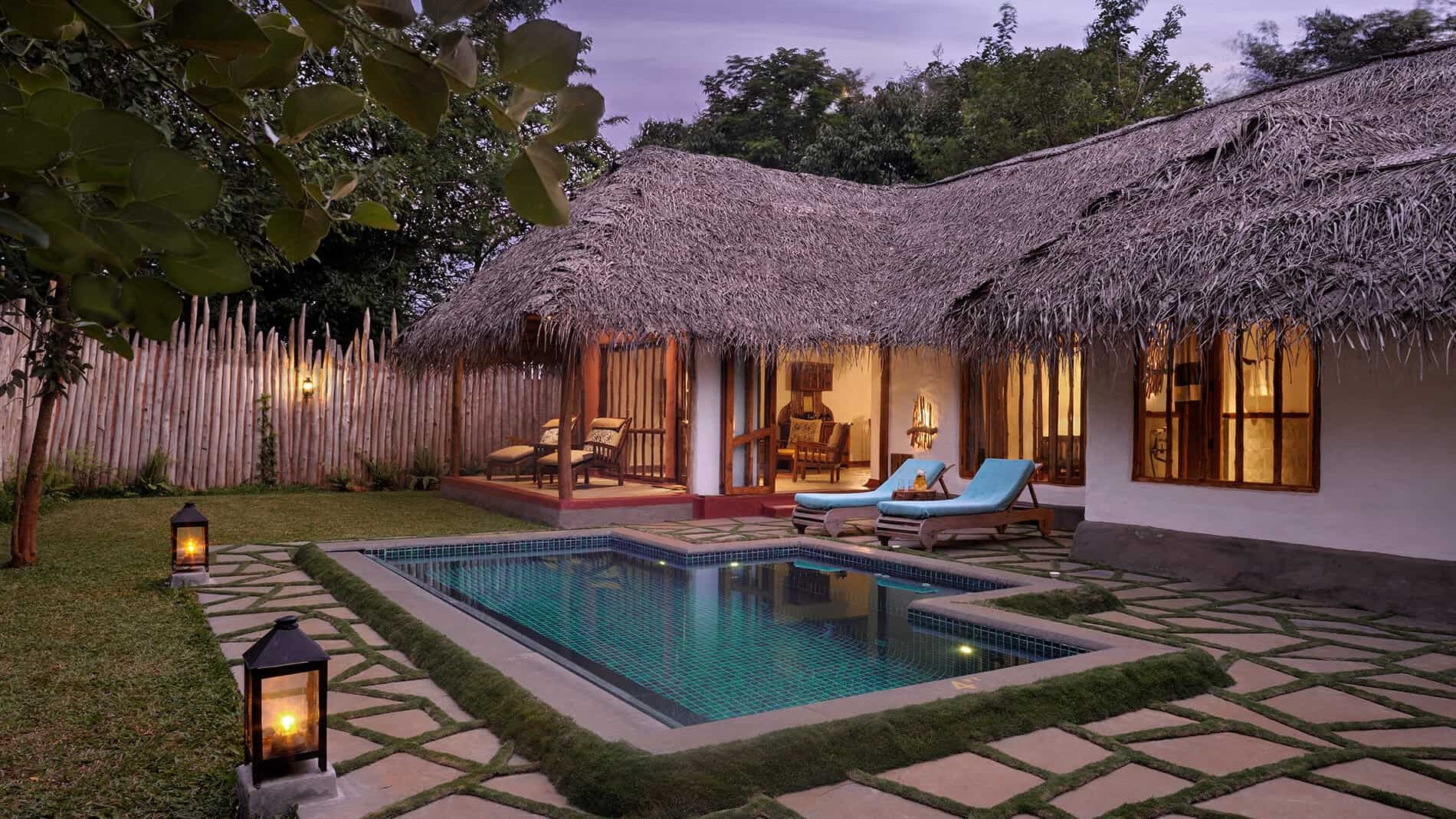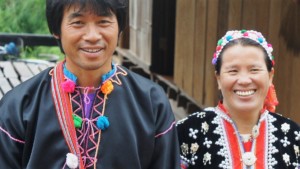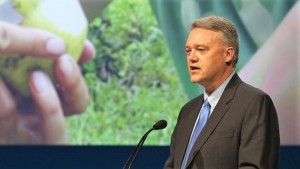Canvas, sticks, & mud: Is this the future of sustainable hotels & resorts?

It appears to be much more common in the 21st century than it was in the 20th for high-end luxury hotels and resorts to be delivered in the form of tents and huts and mud houses. So long as the result is more sustainable accommodation options across all price points, sustainability advocates should rejoice.
CB Ramkumar, Board Member & India Country Representative of the Global Sustainable Tourism Council (GSTC), moderated the session on alternative and innovative accommodation at the 2019 GSTC Asia-Pacific Sustainable Tourism Conference, February 28.
Joining him as panellists for the session were:
- Koko Tang, CEO, Yunnan Vinetree Tourism Development
- John Roberts, Group Director of Sustainability, Minor Hotels Group
- Jose T Ramapuram, Executive Director, Evolve Back Resorts
- Daniel Rye of Canopy Power
Mr Ramkumar raised a few issues to consider, including:
- Climate change and resultant extreme weather events are a major business risk;
- Decarboniing day-to-day operations has become an imperative and makes business sense; and
- There are opportunities through green architecture and building materials to bake sustainability into accommodation, especially by adapting traditional styles for contemporary living.
As founder of Green Dreams for the Planet and Our Native Village, Mr Ramkumar focuses on five pillars of sustainability: architecture, energy, water, waste, and the supply chain, including for food.
His Our Native Village eco-resort near Bangalore, India has “low embodied energy”, he said, because it has been constructed using sun-dried bricks of local clay.

Luxury on legs
Ms Tang’s new Vinetree resort in Yunnan province, China has popped up on stilts within a sensitive national park environment — offering luxury tented accommodation linked by boardwalks.
Vinetree has been careful to limit its impact on the ground, Ms Tang claimed. For example the underside of the boardwalks are fitted with all the cables and pipes needed to supply power and plumbing to each tent.
With Skywalker gibbons and red pandas in the area, Vinetree has implemented a wildlife policy for guests and staff that includes recording sightings to help researchers.
Managing the culture shock between poor rural locals and wealthy urban visitors was the biggest operational challenge, Ms Tang said.
Stepping back to move forward
Mr Ramapuram said sustainability was embedded into Evolve Back’s “core purpose” and branding.
Thanks to an in-depth study of locations, Mr Ramapuram claims that the landscape, environment, and local culture are all considered in the design and development of each of his three Indian resorts.
In one example, Evolve Back acquired farm land, reforested it with endemic species, and embedded local village-style accommodation into the enhanced environment.
Careful study has its advantages in other areas, he said, including hiring practices (60% local); food sourcing (most of it is local); corporate social responsibility programs (schools); the experiences offered guests; and marketing messages that emphasise the uniqueness of each place.

Helping habitat pay its way
John Roberts told delegates that Cambodia was being rapidly deforested.
The government issues concessions for undeveloped land with the condition that economic activity must be generated. As a result, most concession are cleared for agriculture, including all those surrounding the 18,073-hectare (180 sq. km) tract Wildlife Alliance acquired in 2009.
To fulfill its obligations to monetise the land while staying true to its own mission to safeguard habitat, Wildlife Alliance partnered with Minor Hotels Group and YAANA Ventures.
The resultant low-profile low-impact Cardamom Tented Camp, which opened in November 2017, is helping habitat pay its way.
Wildlife is coming back and are increasingly visible to guests, Mr Roberts said. And profits from the development go back to Wildlife Alliance’s rangers.
One of these panellists (was not like the others)
Daniel Rye has no tourism background at all. And his topic was perhaps too specific, if not a little off-topic, for this particular #GSTC2019Asia session.
However, being picked for the panel was not at all his fault. And it worked out well. His perspective was a refreshing change as close-of-business approached and thirst-quenching beverages and/or dinner were being imagined.
As a marketer of renewable energy solutions to the hospitality sector, Mr Rye delivered an intriguing insight into the psychological resistance to change he faces on a daily basis.
The “Good Tourism” Blog has invited Mr Rye to contribute a “GT” Insight on this topic to give it the attention it deserves. You too can contribute your insights as a “Good Tourism” practitioner, expert, academician, or supplier. Contact “GT”.
Featured image: Sustainable accommodation can take the form of luxury in canvas, sticks, and mud. This image from Vinetree.





